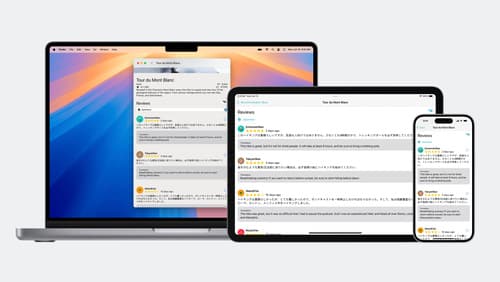How do I change on-demand resources
Asked on 2024-08-03
1 search
To change on-demand resources for your game on Apple platforms, you can utilize the Apple frameworks that allow you to pull down additional game data after your app installs. On-demand resources are hosted on the App Store, whereas background assets are hosted on your own database. This approach helps create an installation experience that blends seamlessly with gameplay and is invisible to the player.
For more detailed information, you can refer to the session Design advanced games for Apple platforms.
Relevant Sessions

Meet the Translation API
Discover how you can translate text across different languages in your app using the new Translation framework. We’ll show you how to quickly display translations in the system UI, and how to translate larger batches of text for your app’s UI.

Optimize your 3D assets for spatial computing
Dive into an end-to-end workflow for optimized 3D asset creation. Discover best practices for optimizing meshes, materials, and textures in your digital content creation tool. Learn how to harness shader graph, baking, and material instances to enhance your 3D scene while optimizing performance. Take advantage of native tools to work more effectively with your assets and improve your app’s performance.

Introducing enterprise APIs for visionOS
Find out how you can use new enterprise APIs for visionOS to create spatial experiences that enhance employee and customer productivity on Apple Vision Pro.
